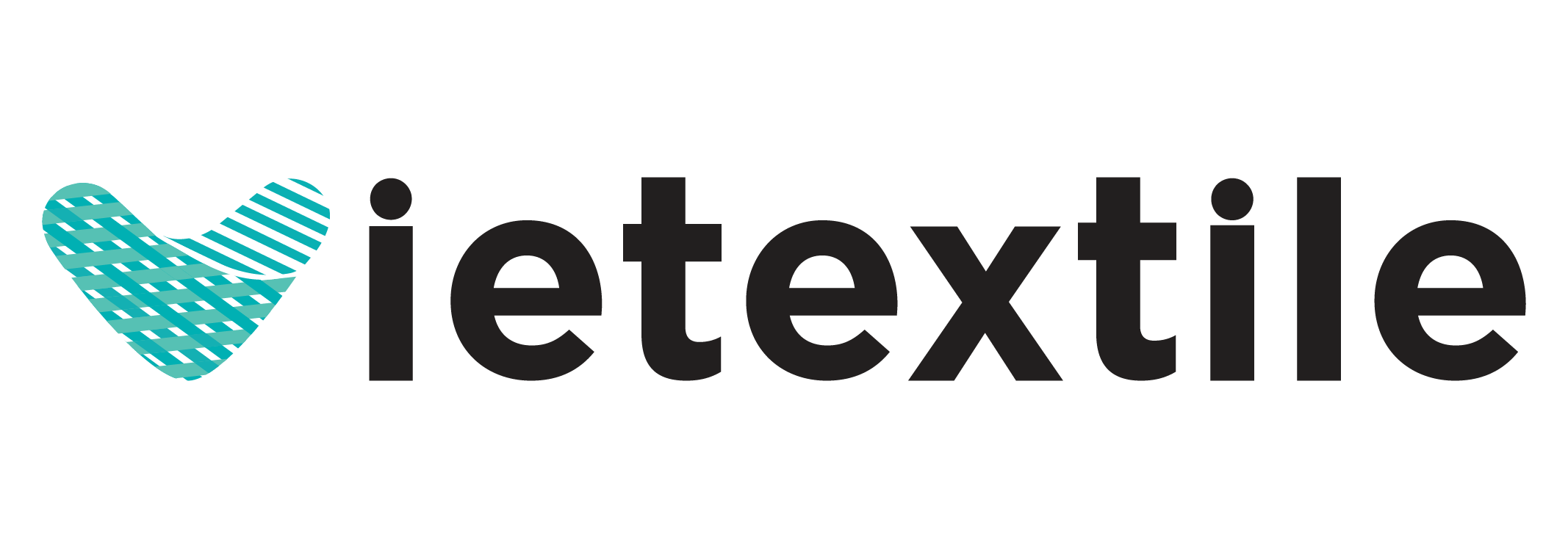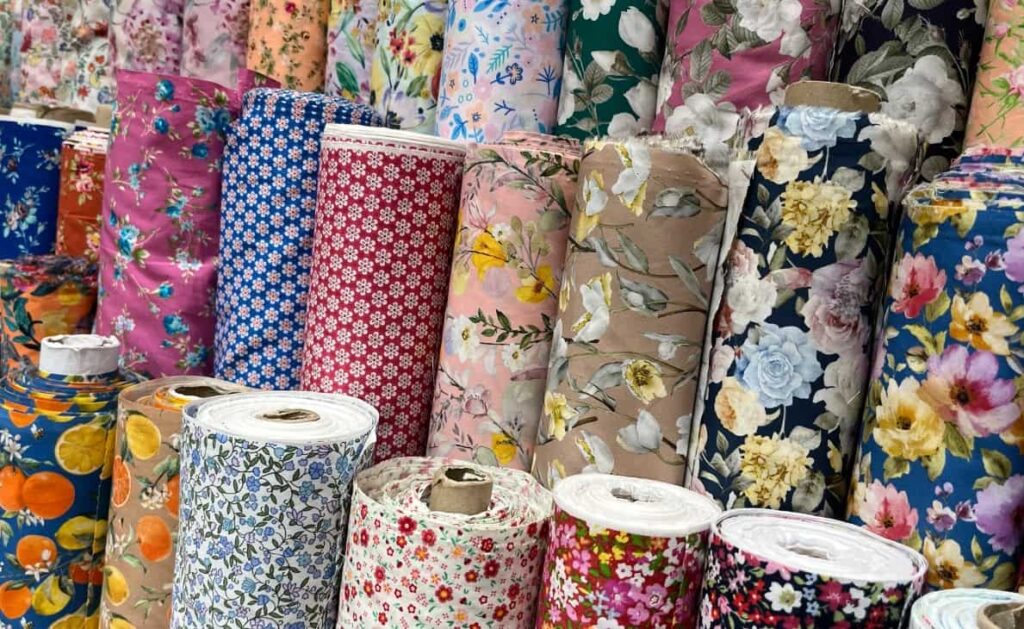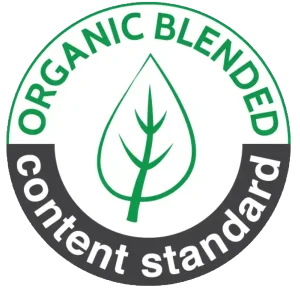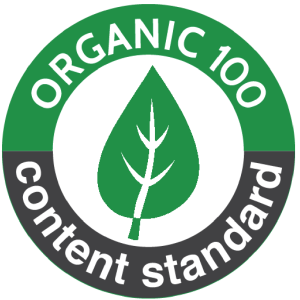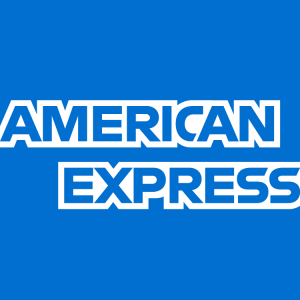In the textile industry, cotton fabric printing is a vital step to enhance a product’s aesthetic value. However, not everyone fully understands the differences between printing methods. This article helps you analyze the 3 most popular cotton fabric printing technologies today: screen printing, digital printing, and heat transfer printing.
1. Traditional Screen Printing
Nội dung tóm tắt
ToggleScreen printing on cotton fabric is a time-honored technique that still plays a significant role in the current printing industry. Known for its vivid, long-lasting colors and low cost for bulk orders, it’s a common choice for apparel manufacturers.
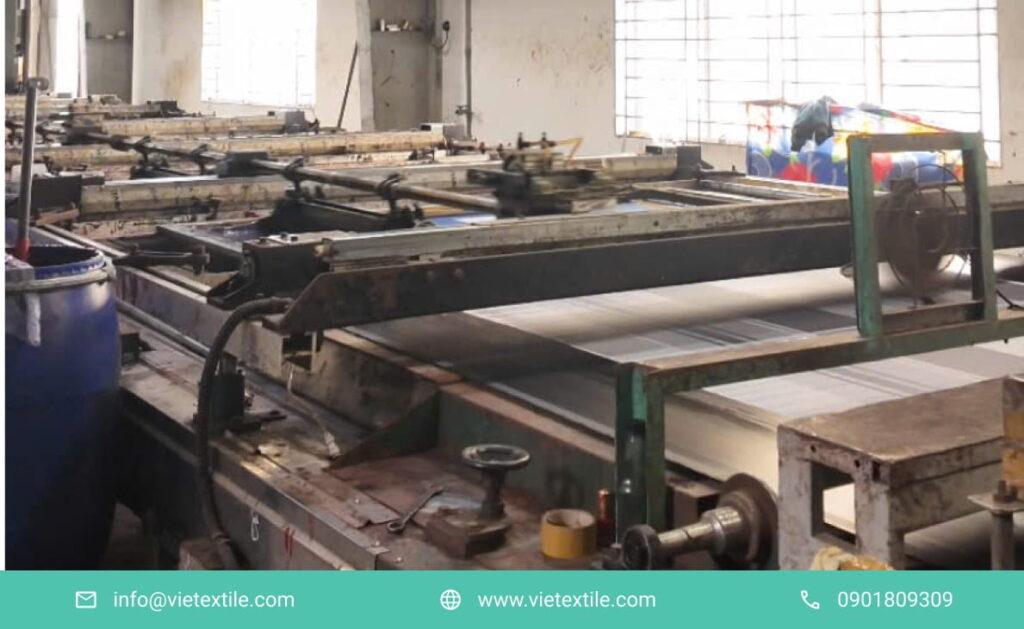
1.1 Pros:
- Ideal for large orders thanks to low per-unit cost.
- Delivers high colorfastness and durability, especially with water-based or plastisol inks.
- Excellent for simple, few-color designs due to the need for separate screens per color.
1.2 Cons:
- Requires time-consuming setup to prepare screens, which can delay urgent or frequently changed orders.
- Not cost-effective for small batches due to high setup cost per design.
- Multicolor designs significantly increase costs and setup time.
2. Digital Printing
Digital printing on cotton fabric is a modern solution that revolutionizes the textile printing process. Unlike traditional methods, this technology allows direct printing from computer to fabric, eliminating the need for screens. It’s ideal for small runs, complex designs, and color-rich images—popular among custom brands and on-demand production.
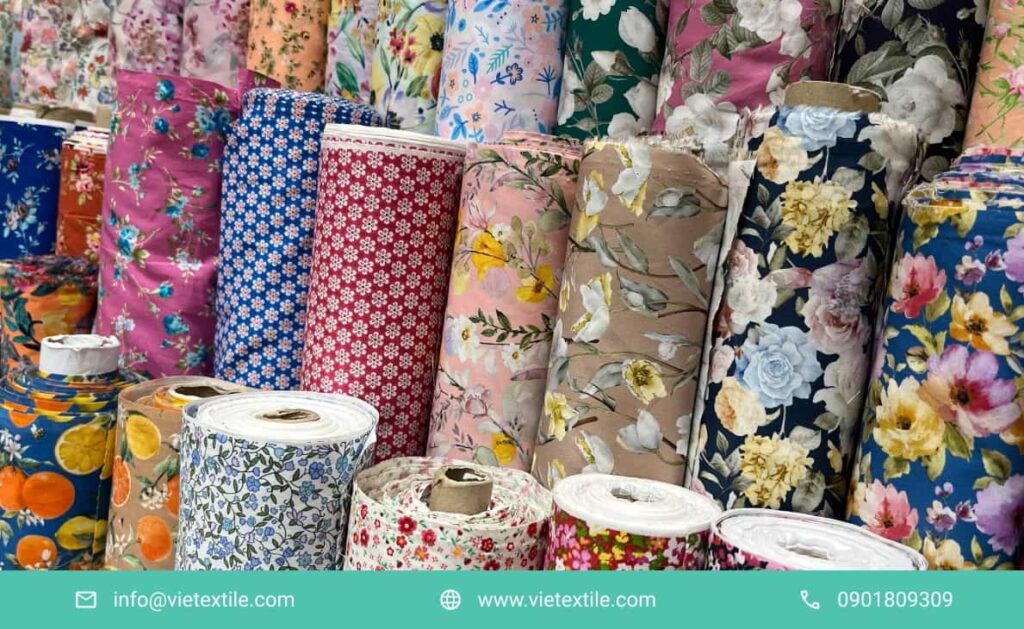
2.1 Pros:
- Perfect for personalized or small-batch orders.
- Handles complex, multi-color, high-resolution images with smooth gradients.
- Quick setup without the need for screens, ideal for urgent jobs.
2.2 Cons:
- Higher ink costs make it less economical for large-scale production.
- Less effective on dark-colored cotton unless a white base layer is used.
- Requires compatible inks for different cotton types to ensure durability and wash resistance.
3. Heat Transfer Printing (Sublimation/Heat Press)
Heat transfer printing on cotton is a practical solution, especially for small runs, fast turnaround, and custom products. While not ideal for 100% cotton, the right fabric blends and techniques can still ensure sharp images at a reasonable cost.
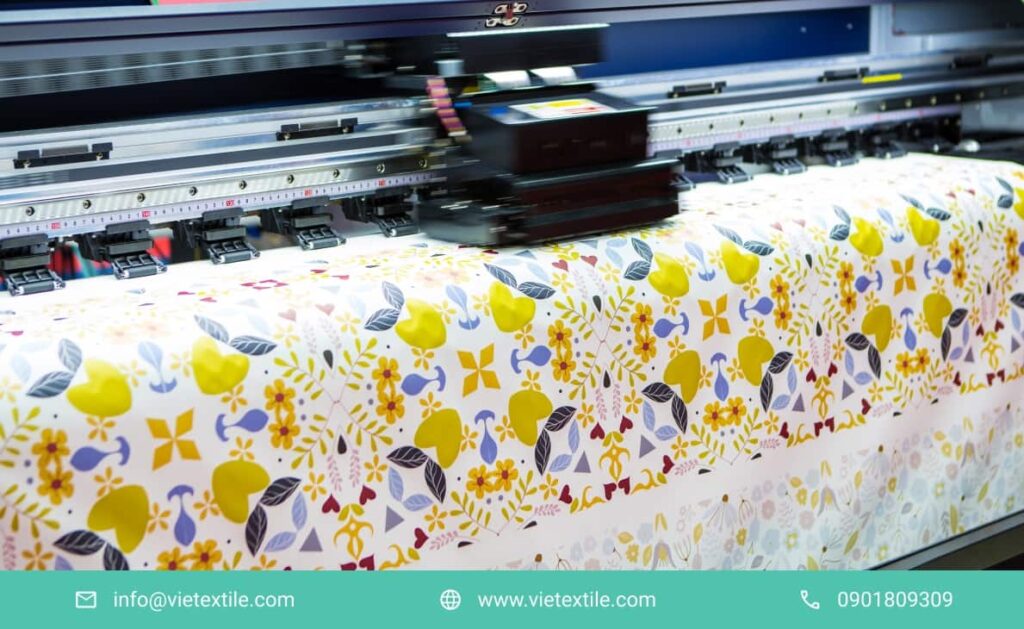
3.1 Pros:
- Great for uniforms, lightweight sportswear, or short-lifecycle products.
- No expensive screen setup required; suitable for small studios or home use.
- Polyester-cotton blends hold color well and maintain decent durability after several washes.
3.2 Cons:
- Doesn’t adhere well to 100% cotton due to lack of polymer layer.
- Prone to image fading or peeling after washing without proper handling.
- High heat may damage fabric or distort image if not applied correctly. Doesn’t perform well on dark fabrics without a white ink base.
4. Which Printing Method Should You Choose?
Depending on your production scale, user profile, and budget, you can select the most appropriate cotton fabric printing technology:
- Screen printing is best for bulk production, offering consistency and cost savings.
- Digital printing allows freedom to create, quick design changes, and is perfect for made-to-order items.
- Heat transfer is quick and affordable, but requires careful consideration of fabric type and color.
Each method affects product quality and cost differently, so understanding their characteristics is essential before deciding.
5. Conclusion
Cotton fabric printing not only shapes the visual impact of your product but also influences its quality and brand positioning. Knowing the differences between methods helps avoid waste and technical issues.
Depending on your needs, budget, and fabric type, consult detailed guidelines or user manuals like NeoStampa to ensure precise execution and optimal printing performance.
6. Frequently Asked Questions (FAQs)
1. What cotton type is best for heat transfer printing? Blended cotton fabrics with polyester work better, as the polymer layer helps hold ink more effectively.
2. Does digital cotton printing fade after washing? It can if the wrong ink is used or post-processing is skipped. With proper ink and procedures, prints remain durable.
3. Can you digitally print on dark-colored cotton? Yes, but a white ink underbase is needed for vivid, visible results.
4. Is screen printing suitable for multicolor designs? Not ideal. Each color requires a separate screen, making the process costly and time-consuming.
5. Which method is fastest for small batches? Digital and heat transfer printing are the best for quick, low-volume jobs due to minimal setup.
7. Contact
Need expert advice on cotton fabric printing technologies? Contact VieTextile for in-depth support and tailored solutions.
- Hotline: 0901 809 309
- Email: info@vietextile.com
- Website: https://vietextile.com
